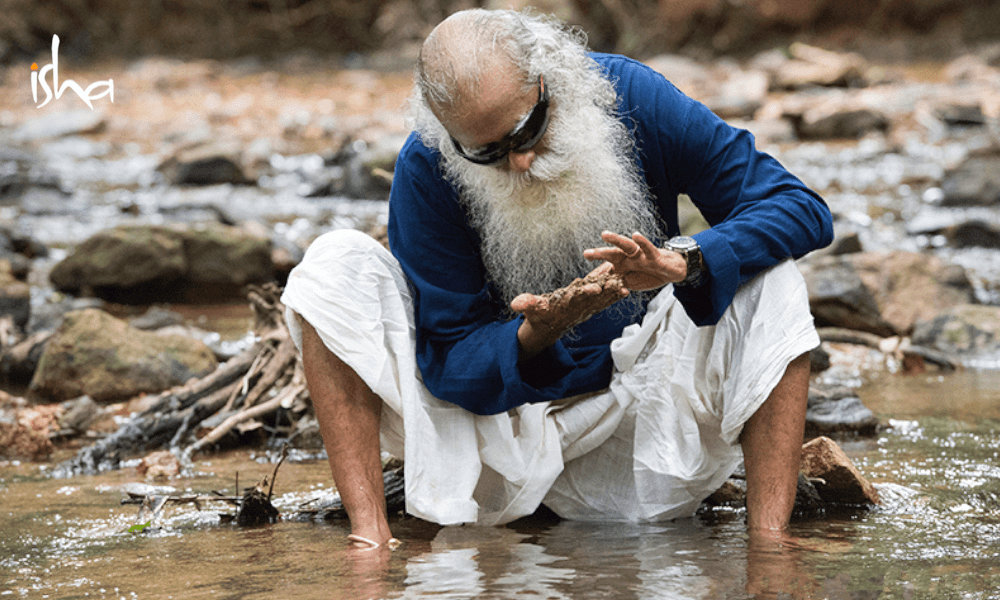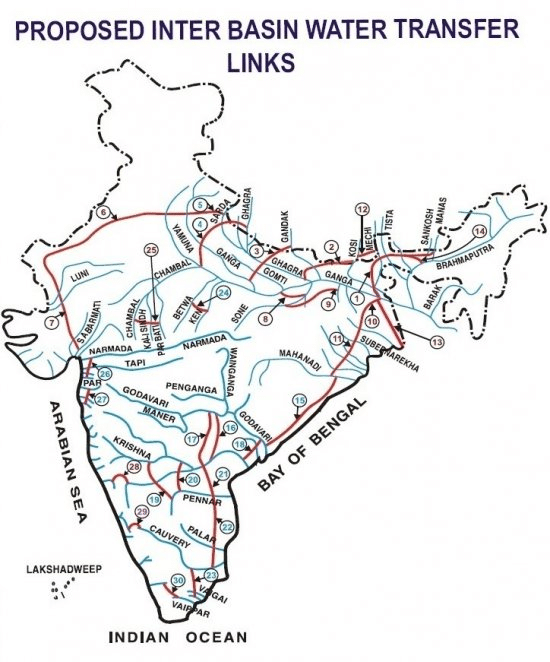River Interlinking Will Not Solve India’s Water Problems
With some parts of India in drought and others in flood, river interlinking seems like the obvious solution. Sadhguru explains how this could spell disaster for India’s rivers.


Subscribe
This idea that there is excess river water and deficient river water is wrong in a tropical country because right now, when the rains come, the rivers flood. Once the rains are over, there is no water in the rivers. Building check dams and rainwater ponds is fine for immediate purposes in the short-term. In the long-term, we need to ensure that water does not end up in the river quickly. For this, there must be natural vegetation on the land – there is simply no other way.
The economic cost of river interlinking is also huge. And especially if we are going to build thousands of kilometers of canals to transport water from river to river, in a country where temperatures are on average over 35 degrees Celsius, a large proportion of the water is going to evaporate. Moreover, the land is thirsty. Whichever way you build the canal, there is going to be leakage somewhere and the thirsty land will drink the water up.
The problem is, people want to do agriculture where there is no water. There is no logic in trying to grow wet crops in arid lands. Instead of transporting water and then growing paddy or wheat, you can as well transport wheat and paddy after growing it in the places where there is excess water.
The Danger of Rivers Not Reaching the Ocean
Above all, river interlinking is based in this idea that the water flowing into the ocean is a waste. This idea must go. This is very dangerous because without that water flowing into the ocean, you are disturbing the whole water-cycle. The amount of monsoon that you get is directly connected to how much river water flows into the ocean.
Stopping rivers from reaching the ocean will also affect the land along the coasts. If river water does not flow into the ocean, saline intrusion into ground water takes place. For example, in Gujarat, they are losing around 550 square kilometers of land per year to salinity. Salinity is present sixty kilometers inland. India has about 7400 kilometers of coastline. It is estimated that if river water does not flow into the ocean, marine water could percolate into the land up to 100 to 130 kilometers. This means you will lose one-third of Indian geography to marine water. You will not be able to grow a thing in these places.
It has already happened in Gujarat and Tamil Nadu that villages have been completely vacated because there is marine water wherever you put a borewell. Just twenty-five years ago, it was all sweet water.
River linking can have value if it is done judiciously in some places for flood mitigation purposes. In India, the only rivers where we consistently have such an issue are Kosi, Mahanadi and Brahmaputra. If it is necessary in some places, it has to be done in a judicious way, but blatant river linking across the country is not going to work. If we want a sustainable situation, we need to slow down the water moving from soil to river. Vegetation is the only answer for this.



